What Pilots Must Know About Transporting Water: When it comes to flying over water or transporting water itself, pilots gotta be on their A-game. Whether you’re buzzing across the Great Lakes, touching down on a seaplane base, or hauling water for firefighting, there are strict aviation rules that keep everyone safe and legal. If you don’t stay on top of these requirements, you might be breaking the law without even realizing it.
Transporting water by air isn’t just about loading tanks and taking off. Pilots must tackle a whole checklist—from survival gear laid out by the FAA to licensing for water aerodromes. This article breaks down all the essentials pilots need to know about transporting water safely and legally in the US, with practical advice and clear examples.
Table of Contents
What Pilots Must Know About Transporting Water
Flying over water or transporting water safely requires more than just pilot skills—it demands full compliance with FAA laws, environmental regulations, and global standards for water aerodromes. Survival equipment, licensing, water quality management, navigation, and emergency preparedness form the pillars of safe and lawful water transport aviation. Keeping updated on rules and prepping for emergencies can protect lives and careers alike. Whether you’re an experienced pro or new to water flying, respecting these laws will keep your flights safe, legal, and smooth.

| Topic | Details |
|---|---|
| FAA Overwater Flight Rule | No plane may take off for a flight >50 nautical miles from shore without survival gear |
| Survival Equipment | Life preservers, life rafts, signaling devices required depending on distance/time |
| Water Aerodrome Licensing | Water landing areas require regulatory approval (DGCA in India, FAA in US, ICAO globally) |
| Aircraft Drinking Water Safety | Must comply with EPA, FDA, and FAA regulations |
| Ditching Procedures | Pilots must be trained in emergency water landings and evacuations |
| Environmental Concerns | Transporting water may involve compliance with environmental laws |
| Water Aerodrome Global Rules | Licensing involves multi-phase certification processes unique to regional authorities |
| Navigation & Communication Equipment | Overwater flights require specific navigation and communication gear for safety |
Understanding FAA Regulations on Transporting Water
Flying any aircraft that’s carrying water—whether for drinking, firefighting, or cargo—means you gotta be tight with FAA rules, especially about overwater safety. The regulations exist to ensure pilots are ready for the added risks that come with flying over open water.
Under 14 CFR § 91.509, if your flight path takes you over 50 nautical miles from the nearest shore, you cannot legally take off unless your airplane has a life preserver or approved flotation device for each occupant. This isn’t just paperwork—it’s a safety lifeline if things go south over water.
For longer trips—flights exceeding 30 minutes or going over 100 nautical miles from land—the FAA requires even more gear: life rafts with survival kits, pyrotechnic signaling devices, emergency radios, and more. Such equipment isn’t optional; it has to be accessible, maintained, and obviously ready to go when needed.
Don’t overlook other FAA parts that apply—such as Parts 121, 125, and 135—which govern commercial, charter, and fractional ownership flights. Each has its own detailed emergency equipment rules for extended overwater operations, often stricter than general aviation requirements.
Water Aerodrome Licensing and Operations
Water aerodromes are nifty spots where planes land and take off on water instead of traditional runways. Think seaplane bases or docks with floats. But you can’t just land anywhere on water or run any dock you want—airports on water require authorizations and licenses.
Regulatory authorities like the FAA in America and the DGCA in India oversee water aerodrome certification. ICAO lays out international guidance, but water aerodrome regulation commonly involves clearing a rigorous certification process covering safety management, environmental impact, and emergency preparedness.
This certification typically unfolds in multiple stages including:
- Formal application submission with operational plans and manuals.
- Technical inspections assessing water depth, obstacle clearance, and facilities.
- Emergency response drills and safety program evaluations.
- Environmental assessments ensuring no damage to aquatic ecosystems.
Pilots flying into these bases must understand local operational protocols such as water traffic control, floatplane maneuvering, and safe docking procedures. Mistakes here can lead to accidents or legal penalties.
Survival Gear: What You Gotta Have on Board
Overwater flying demands survival gear tuning to the distance traveled:
- Under 50 nautical miles: Standard emergency gear as per normal flight operations.
- Over 50 nautical miles from shore: Each occupant must have a life preserver or approved flotation device.
- More than 30 minutes or 100 nautical miles: You graduate to life rafts with survival kits, including food, water, first aid, and signaling devices—pyrotechnic or electronic—for rescue.
FAA advisory circulars detail what gear qualifies, how it should be maintained, stored, and inspected. Life vests must have locator lights, rafts attached with survival kits appropriate for your route, and all equipment should be in conspicuous, easy-to-access places.
Regularly check that equipment isn’t expired, damaged, or missing parts. This isn’t just red tape—during emergencies, faulty gear can cost lives.
Ditching Procedures: What Pilots Must Know About Transporting Water
Even the best pilots can face emergencies. Ditching, or intentional water landing in an emergency, is an extreme maneuver requiring sharp skills and calm nerves.
Proper ditching technique includes:
- Assessing water conditions: Pilots must appraise wind direction, wave height, and water surface conditions to choose the safest landing spot.
- Approach speed: Slowing the aircraft to approximately 10 knots above stall speed minimizes impact forces.
- Landing attitude: A controlled stall onto the water reduces chances of flipping or structural damage.
- Post-ditch evacuation: Swift exit from the aircraft, inflating life jackets, deploying life rafts, and maintaining group safety till rescue.
Pilots should undertake FAA-approved ditching training, so these procedures become second nature. Practicing with survival gear improves ability to respond calmly under pressure. A haphazard ditching can escalate a manageable situation into a tragedy.

Environmental Concerns in Water Transport Aviation
Flying with or transporting water doesn’t happen in a vacuum—it intersects with environmental laws.
- Water quality must be protected from contamination during transport to avoid ecological damage.
- Habitats and wildlife living in and around water aerodromes need safeguarding from noise, pollution, and disruptions.
- Regulatory agencies may require environmental impact assessments and operational restrictions to minimize harm.
Pilots and operators risk fines or license revocation for non-compliance with environmental laws—especially during firefighting or scientific water drop operations that may affect fish spawning or waterfowl nesting areas.
Aircraft Drinking Water Safety Regulations
When aircraft carry drinking water for passengers or crew, it’s crucial that this water meets stringent purity standards.
The Aircraft Drinking Water Rule (ADWR) enforced by EPA, FDA, and FAA ensures drinking water onboard is free from harmful microbes and chemicals. This involves:
- Monitoring and controlling water source contamination.
- Maintaining onboard water tanks and lines via sanitation protocols.
- Regular microbial testing and adherence to safe storage durations.
Unsafe drinking water onboard can lead to illness outbreaks affecting passenger health and airline reputation. Operators must track compliance meticulously.
What Pilots Must Know About Transporting Water
Overwater flights require more than just survival equipment; pilots must be equipped with reliable navigation and communication tools:
- Fail-safe independent long-range navigation systems to maintain accurate routes over vast water expanses.
- Redundant communication radios for continuous contact with air traffic control and emergency services.
- Compliance with FAA’s minimum equipment lists (MELs) to ensure aircraft are flight-worthy for extended water operations.
These requirements reduce risks of getting lost, enable better weather updates, and facilitate faster search and rescue response if needed.

Practical Advice for Pilots Transporting Water
- Check Your Flight Path: Calculate your distance from shore and flight duration to know survival gear needs.
- Inspect Survival Equipment: Regular checks ensure life vests, rafts, locator lights, and signaling devices are FAA-compliant and functional.
- Confirm Licensing and Regulatory Compliance: Don’t overlook water aerodrome certifications and cargo permits.
- Avoid Extra Water Weight: Remove unnecessary water in floats/tanks to maintain safe aircraft balance.
- Plan for Emergencies: File detailed flight plans, brief passengers, and have communication contingencies.
- Maintain Water Quality: Follow EPA/FDA rules for drinking water onboard.
- Stay Updated on Rules: Regulations evolve; keep abreast for safety and legal compliance.
- Respect Environmental Concerns: Limit noise and disturbance around water habitats; follow eco-guidelines.
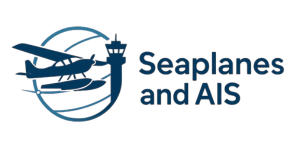

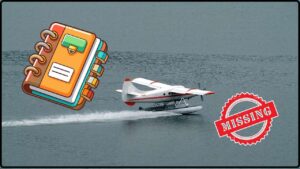


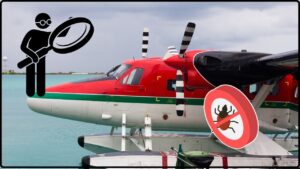



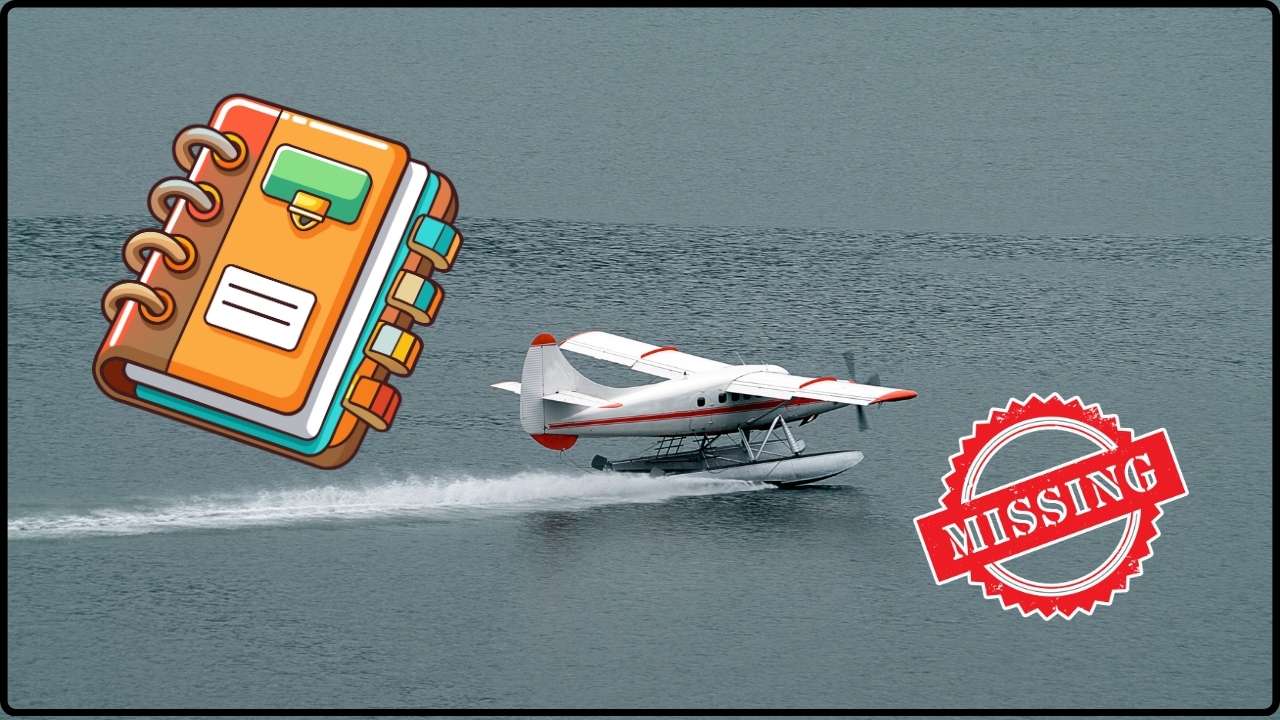

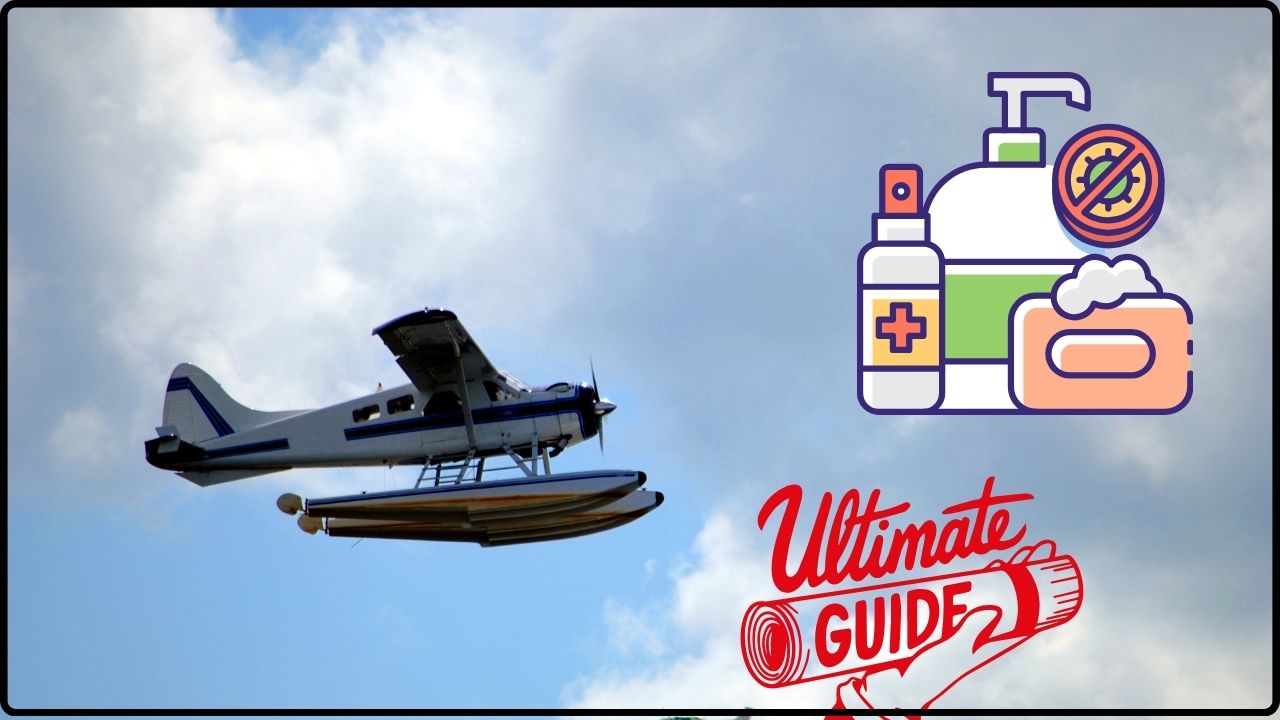


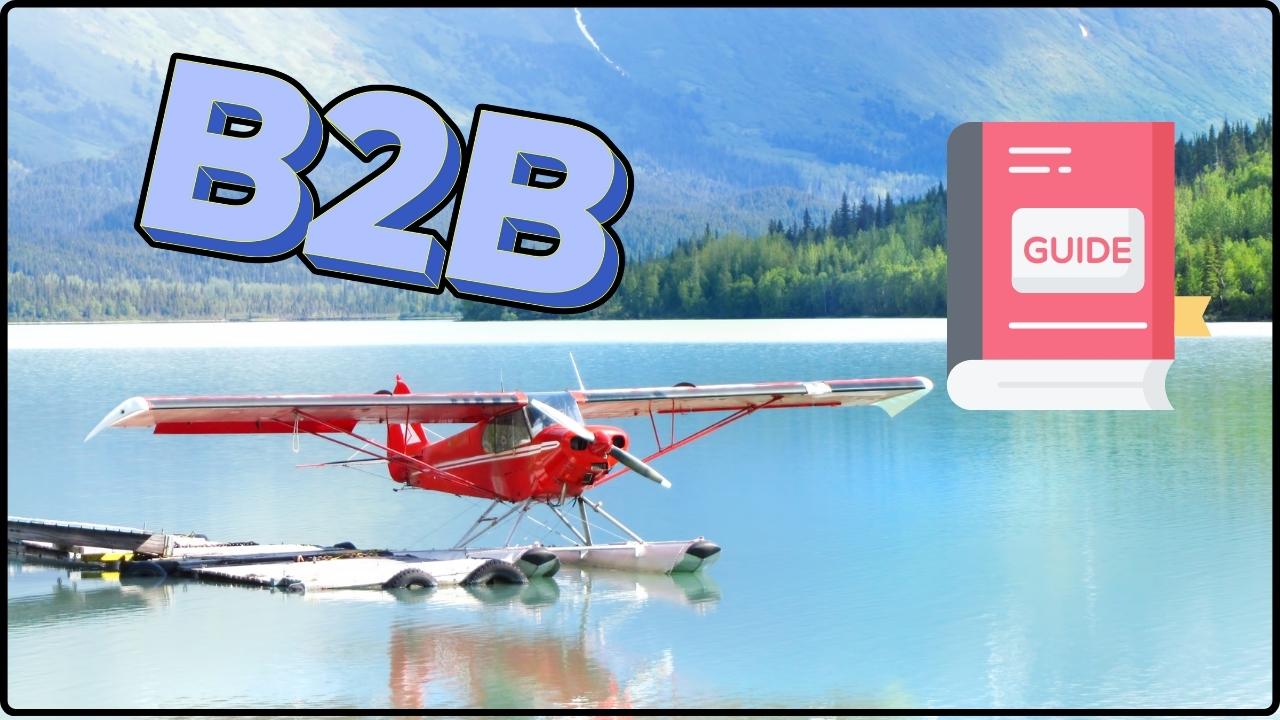
![Case Study: How [Lake Association] Partners with Pilots to Stop AIS](https://seaplanesandais.com/wp-content/uploads/2025/11/Case-Study-How-Lake-Association-Partners-with-Pilots-to-Stop-AIS.jpg)
